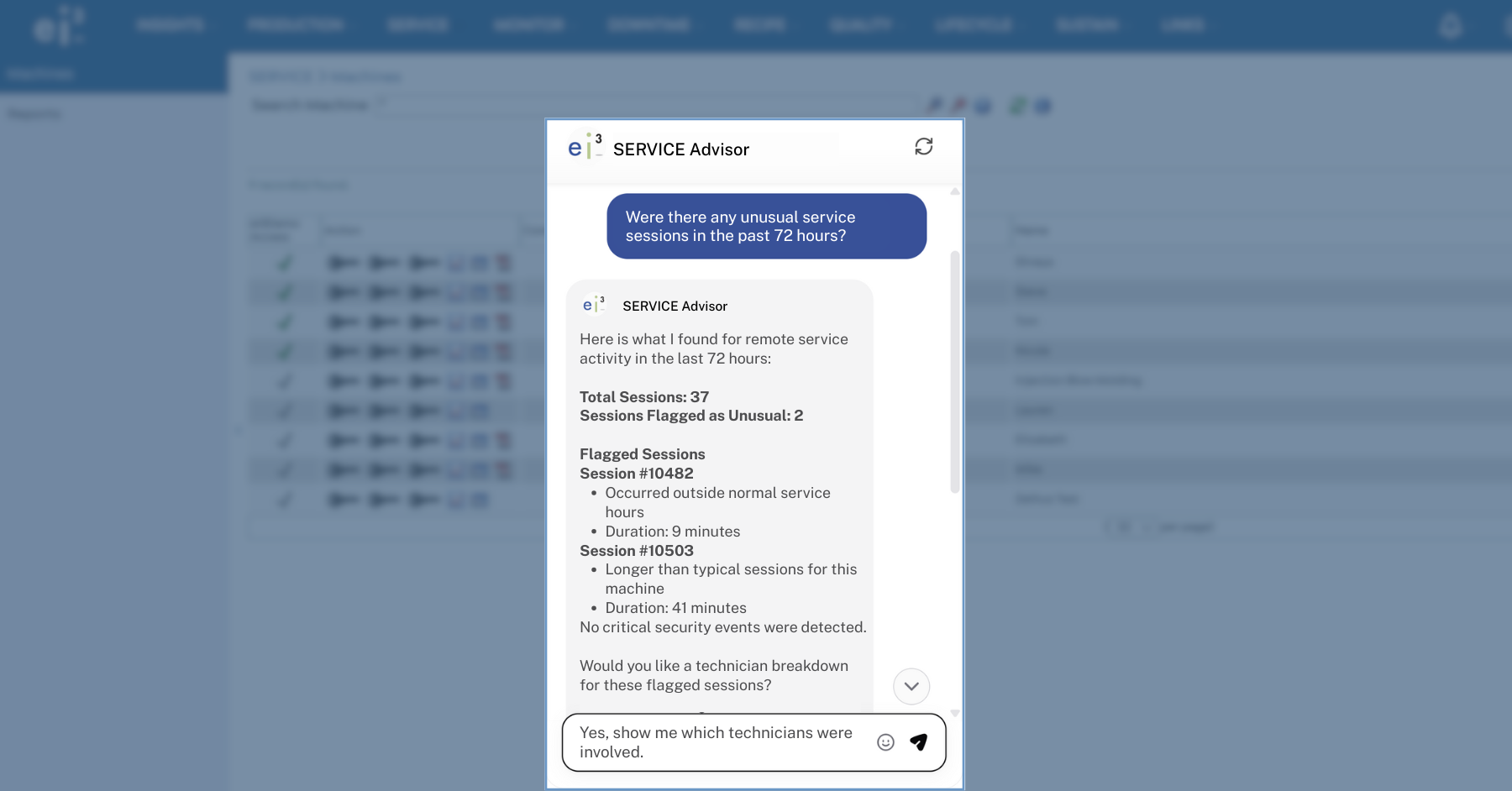When I first walked into an OMAC meeting more than ten years ago, I had no idea how deeply it would shape my view of industrial collaboration. As Founder and CEO of ei³, I’ve spent my career helping manufacturers connect machines securely and turn data into insight — but my decade serving on the Organization for Machine Automation and Control (OMAC) board, including six years as Secretary and three as Chairman, has been one of the most meaningful experiences of all.
In his own words: ei³ Founder & CEO Spencer Cramer reflects on a decade with OMAC—what sparked his involvement, how the board modernized operations, and why shared standards accelerate real industry progress.
The spark that started it all
My introduction to OMAC came through Mark Ruberg, then VP of Engineering at ProMach. We’d known each other from his days at Milacron — a company I had deep respect for — so when I saw an ex-Milacron colleague involved with OMAC, I was immediately curious.
Before attending my first meeting, I watched a video of Bryan Griffen demonstrating something remarkable: machines from different vendors passing a package around a table, all communicating flawlessly using PackML. That moment crystallized an idea for me — if this data could connect machines on the factory floor, it could be the foundation for ei³’s industrial IoT applications.
At the time, every machine builder defined performance metrics like OEE differently. There was no common language, just confusion and wasted effort. OMAC’s standardized definitions changed that. Suddenly, we could build clarity and interoperability directly into how machines communicate and perform.

|

|
Growing from member to chairman
I joined the Packaging Workgroup in 2013 and spent nearly two years learning from seasoned members like Jerry Yen of Mitsubishi Electric, who encouraged me to stay involved. When a board seat opened, I ran and was honored to be elected. Serving first as Secretary and later as Chairman gave me a front-row seat to OMAC’s transformation.
During my tenure as Secretary, I saw how many good ideas stalled simply because no one owned them. So, when I became Chairman, I introduced four empowered committees — Leadership, Membership, Product, and Expertise & Education — each responsible for real outcomes.
- Product Committee launched an online document store with clear pricing and lifecycle management.
- Membership Committee implemented a proper Association Management System, replacing spreadsheets with a modern platform.
- Expertise & Education Committee, supported by Bryan Griffen and Mark Fondl, developed a PackML course at Purdue Northwest and new executive training programs that address a critical industry gap.
What makes me proud isn’t just the results we achieved during my term — it’s knowing that these frameworks empower future OMAC leaders to keep driving the organization forward.

Broadening OMAC’s reach
Under the collective guidance of the board and long-time contributors like Dave Chappell, Mark Ruberg, and Bryan Griffen, OMAC expanded beyond packaging standards into digital transformation.
Through the Digital Transformation Workgroup, led by Mark Fondl and now Adam Griffen from ei³, we’ve produced important resources on secure remote access, cybersecurity, and the EU Cyber Resilience Act. These initiatives help manufacturers navigate a connected, data-driven world — and they show how OMAC continues to evolve with the times.

|

|
A partnership that strengthens both sides
The relationship between OMAC and ei³ has always been mutually reinforcing. OMAC’s standards guide our product roadmap, while our real-world implementations validate those standards in practice. When we tell partners that ei³ calculates OEE according to OMAC definitions, it builds trust — we’re not just following standards; we’re helping shape them. Today, that collaboration continues through Adam Griffen’s ongoing workgroup leadership and the participation of our broader team.
“When we all adopt common frameworks, we can focus our energy on the innovations that make our products unique — rather than reinventing what should be standardized.”
Looking ahead
Serving OMAC has been one of the most rewarding experiences of my career. With Larry Elliott now serving as OMAC Chairman and Bryan Griffen as Executive Director, I’m confident the organization will continue to build on the momentum we created. I look forward to seeing new generations of members expand on this work — building a more digital, interoperable, and resilient manufacturing industry. I’m proud of what we’ve achieved together and grateful to everyone — past and present — who has dedicated their expertise and time to making OMAC what it is today.
About OMAC
The Organization for Machine Automation and Control (OMAC) is a nonprofit industry group that brings together end users, OEMs, and technology suppliers to develop and promote open standards for manufacturing automation. Its flagship initiative, PackML, provides a common framework for machine states and data exchange across packaging and processing equipment, enabling interoperability and faster integration. OMAC also leads collaborative workgroups in digital transformation, cybersecurity, and workforce development — helping manufacturers around the world operate more efficiently and securely.





